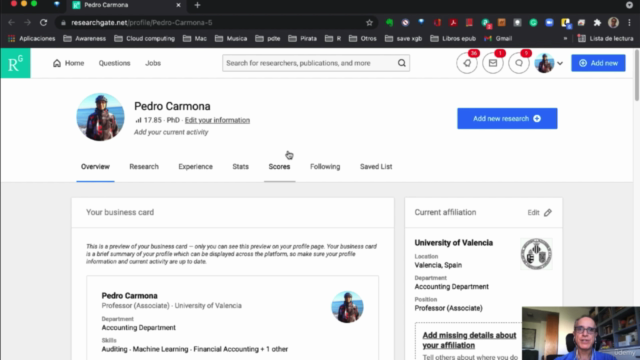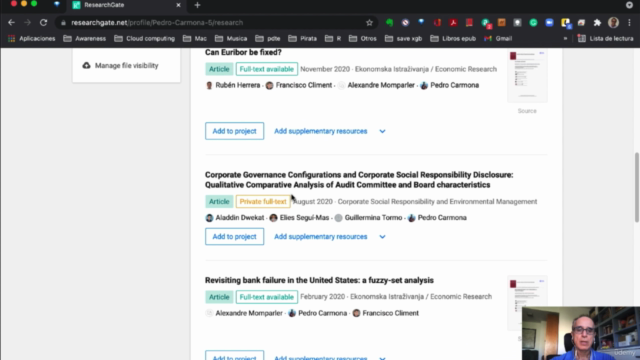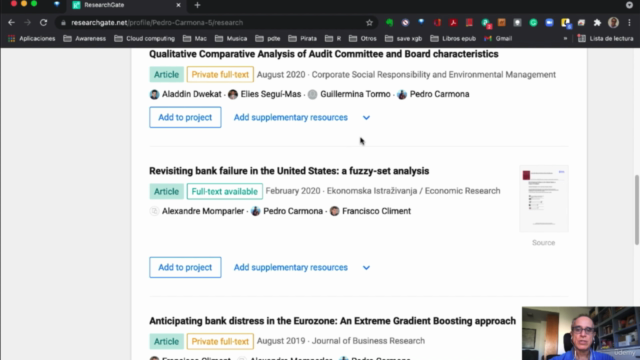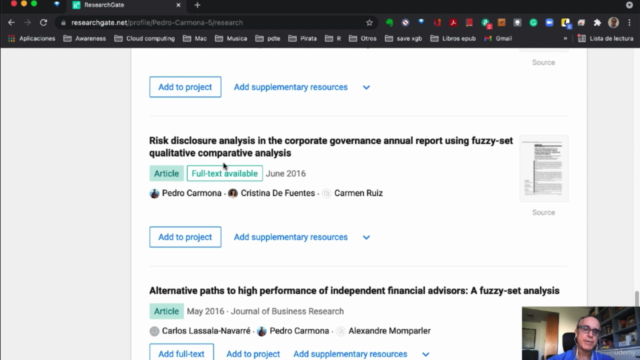Introduction to fsQCA using R.

Why take this course?
🎓 Course Title: Introduction to fsQCA using R: Hands-On Causal Relationships
Headline: Unveil the Mysteries of Causality with fSQCA in R!
Unlock the Secrets of Causality with fsQCA 🔍
Are you intrigued by the complex interplay of variables and their causal relationships? Do you aspire to uncover the hidden mechanisms behind phenomena within your field? This course is your gateway into understanding causal dynamics using the advanced analytical technique known as fuzzy set qualitative comparative analysis (fsQCA).
Why fsQCA? fsQCA is a powerful method for identifying causal configurations or 'recipes' that lead to a particular outcome. It's not just about correlations; it's about comprehending the conditions and contexts that bring about specific results. This course will guide you through the process of analyzing causality using practical examples, all within the versatile R programming environment.
No Prior R Experience Necessary! 🛠️ While we will be utilizing R for our analysis, this course is designed for learners at various levels of expertise with R. Whether you're a complete beginner or have some experience under your belt, you'll gain the skills necessary to apply fsQCA to real-world data.
Practical Application: Bankruptcy on the Brink 🏦 To solidify your understanding of fsQCA, we'll work through a hands-on example examining the conditions that may lead a bank towards bankruptcy. This case study will provide you with the necessary insights to apply the fsQCA methodology across a broad range of scenarios.
Course Breakdown:
-
Introduction to fsQCA:
- Necessity and sufficiency
- Set membership and calibration
- Negation of sets
- Consistency, coverage, and truth table
- Different causal solutions (complex, parsimonious, and intermediate)
-
R Installation:
- Step-by-step guide to install R on both Windows and Apple computers.
-
Introduction to R:
- Overview of the R ecosystem
- Understanding the importance of the working directory
- Types of R objects: vectors, factors, lists, etc.
- Indexing and subsetting data in R
- Introduction to RStudio IDE: your workspace for fsQCA analysis
-
fsQCA Application to Bank Failure:
- Data loading and preparation
- Handling missing values and the importance of row names
- Calibration of outcome and conditions
- Selecting fuzzy set variables
- Constructing the truth table
- Extracting different types of solutions (complex, parsimonious, and intermediate)
Join us on this analytical journey to uncover the intricacies of causality. Enroll now and transform your data into stories of cause and effect! 🚀
By the end of this course, you will not only understand the fundamentals of fsQCA but also be able to apply this technique in R to explore a wide array of phenomena in your field of interest. Whether you're in social sciences, public policy, business, or any other area that demands a deep understanding of causality, this course equips you with the analytical tools necessary for success.
Don't miss out on the opportunity to master fsQCA with R and elevate your research capabilities! 🌟
Enroll today and start your journey towards uncovering causal relationships with confidence and precision.
Course Gallery




Loading charts...